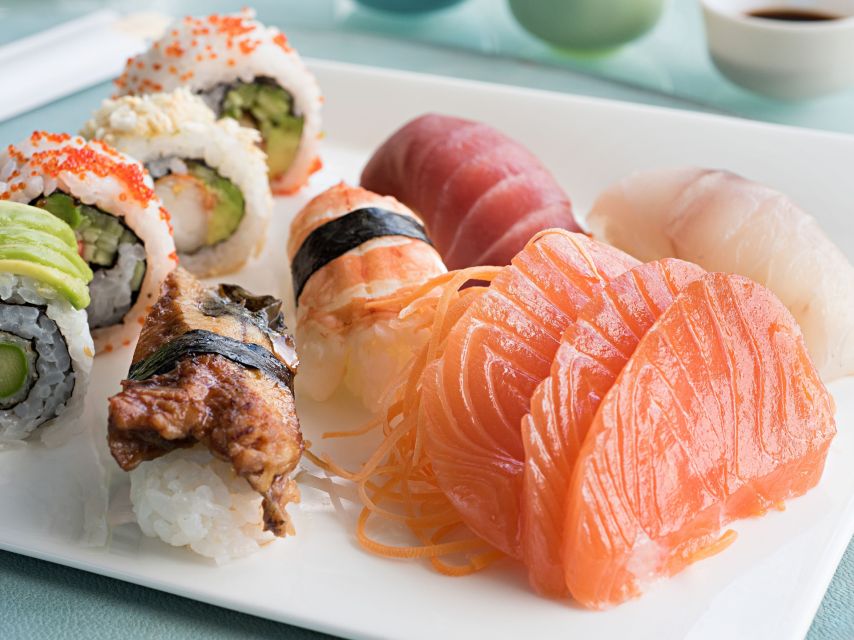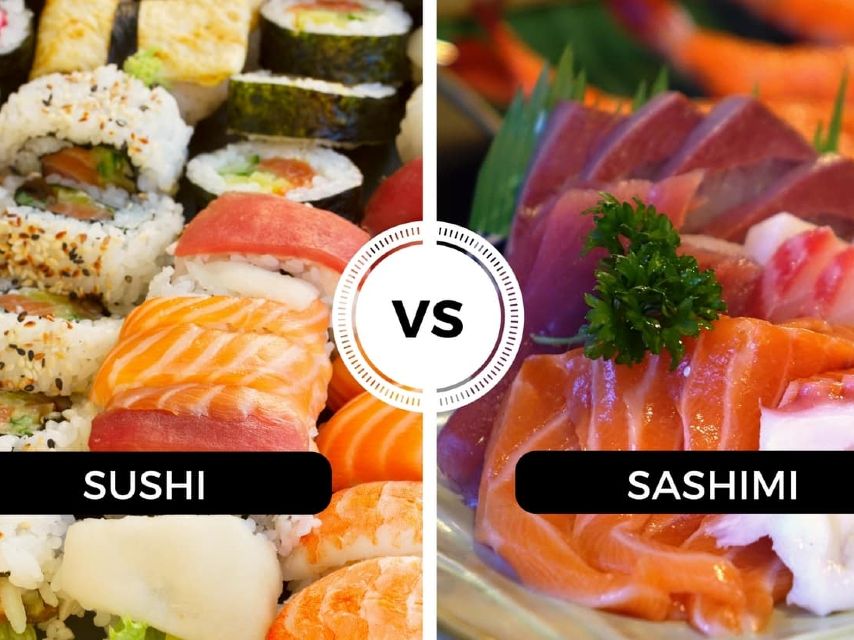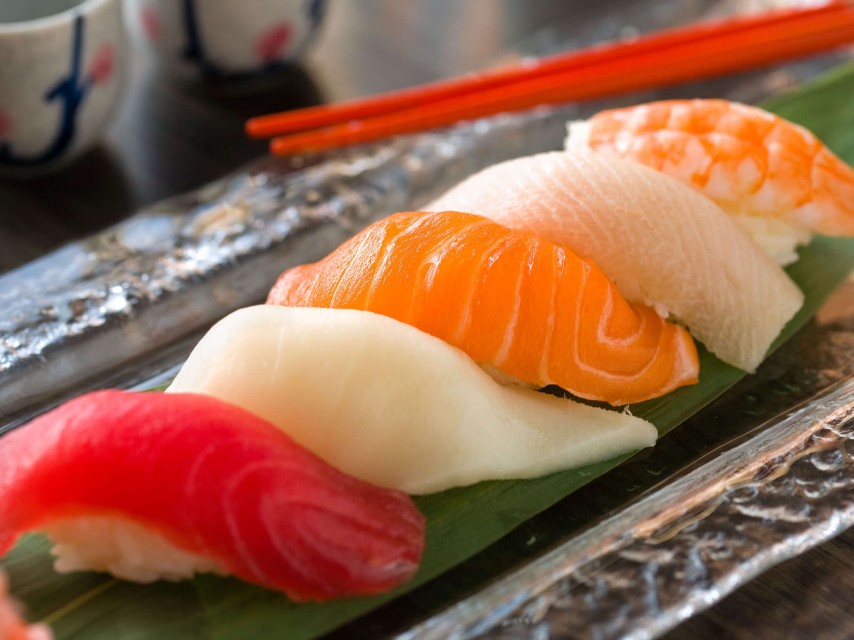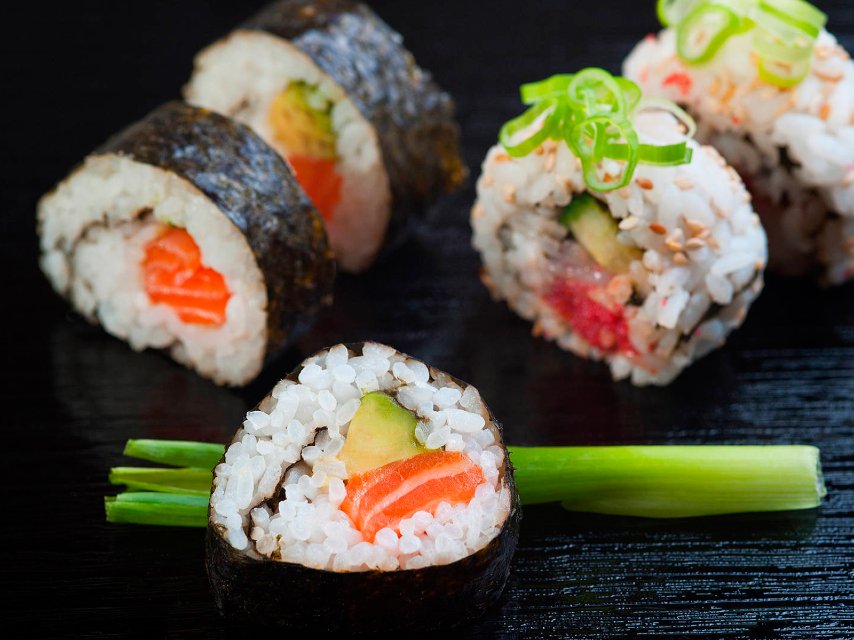Sushi in Mauritius
What is Sushi?
Most people know it as the star dish of Japanese cuisine and being only raw fish. But sushi is not just that. Sushi is actually a way to prepare rice, fish is only an accompaniment. Sushi always carries rice but fish is not compulsory. Japanese enjoy sushi on special occasions and it’s one of the most famous dishes in Japan. Outside that country, sushi is the most famous japanese dish. It has evolved so much outside Japan and is influenced by different Western cultures.
The names given to the different types of sushis depends on the combinations of ingredients such as rice and different types of seafood and vegetables.
Japanese enjoy sushi on special occasions and it’s one of the most famous dishes in Japan. Outside that country, sushi is the most famous japanese dish. It has evolved so much outside Japan and is influenced by different Western cultures.
The names given to the different types of sushis depends on the combinations of ingredients such as rice and different types of seafood and vegetables.
The Difference Between Sushi and Sashimi
 Sashimi always carries raw fish and unlike sushi, it does not carry rice. These two Japanese dishes are completely different but are often confused. Sashimi are thin slices of fresh unfrozen fish. The slices are thinly cut which requires rigorous training- fish cut either too thick or too thin has a different impression on taste and palate. Also each fish has a different cutting technique.
Sashimi always carries raw fish and unlike sushi, it does not carry rice. These two Japanese dishes are completely different but are often confused. Sashimi are thin slices of fresh unfrozen fish. The slices are thinly cut which requires rigorous training- fish cut either too thick or too thin has a different impression on taste and palate. Also each fish has a different cutting technique.
Sushi and the Different Types
Although many may think sushi is a very simple dish, the different types require different preparations. If the Japanese chef is daring the preparations can go as far as his imagination.Nigiri
 This is the most consumed in Japan. Rice is pressed in a cylindrical form with a thin foil of raw fish on top. Nigiri is served with soy sauce in which you ‘bathe’ the fish. When translated, nigiri loosely means ‘hand pressed’. It is the most common type of sushi served at sushi bars.
Nigiri is something that you enjoy slowly. A small oval rice ball, topped with an expertly cut slice of fish with a dab of wasabi on it. Then dipped in soy sauce and eaten in one bite. Close your eyes while eating it slowly to feel the different textures.
This is the most consumed in Japan. Rice is pressed in a cylindrical form with a thin foil of raw fish on top. Nigiri is served with soy sauce in which you ‘bathe’ the fish. When translated, nigiri loosely means ‘hand pressed’. It is the most common type of sushi served at sushi bars.
Nigiri is something that you enjoy slowly. A small oval rice ball, topped with an expertly cut slice of fish with a dab of wasabi on it. Then dipped in soy sauce and eaten in one bite. Close your eyes while eating it slowly to feel the different textures.
Maki
 With this sushi type, rice is out on the surface of dried nori seaweed along with fish, fruits and vegetables, which is then rolled up with seaweed on the outside. Once rolled, it is cut in pieces of about ½ an inch to one. Another variety of maki has the process done in reverse, where the rolled seaweed is inside with the rice on the outside. Maki means coiling, where everything is rolled up with a thin sheet of nori seaweed.
Maki is usually prepared with fresh fish, nori seaweed, vegetables (such as cucumbers), avocado, prawns, cheese and other ingredients the sushi master wants to add to make delicious sushi. If you have never tried sushi before, maki is what you can start with.
With this sushi type, rice is out on the surface of dried nori seaweed along with fish, fruits and vegetables, which is then rolled up with seaweed on the outside. Once rolled, it is cut in pieces of about ½ an inch to one. Another variety of maki has the process done in reverse, where the rolled seaweed is inside with the rice on the outside. Maki means coiling, where everything is rolled up with a thin sheet of nori seaweed.
Maki is usually prepared with fresh fish, nori seaweed, vegetables (such as cucumbers), avocado, prawns, cheese and other ingredients the sushi master wants to add to make delicious sushi. If you have never tried sushi before, maki is what you can start with.
Sashimi
The cut of sashimi is one of the most complicated of Japanese food. To be able to make the perfect cuts, you must have great skills in handling chopsticks, knives and filleting. Of course the slices will vary with different types of fish. Same as sushi, there are different types of sashimi. The differences are the various types of fish. Some of the most popular fish and seafood served as sashimi are; salmon, tuna, ahi tuna, halibut, squid, octopus, Japanese mackerel and yellowtail.
There are 21 types of Sashimi (the most famous) but exotic varieties number in the hundreds:
Same as sushi, there are different types of sashimi. The differences are the various types of fish. Some of the most popular fish and seafood served as sashimi are; salmon, tuna, ahi tuna, halibut, squid, octopus, Japanese mackerel and yellowtail.
There are 21 types of Sashimi (the most famous) but exotic varieties number in the hundreds:
- Sake (salmon)
- Akami (cheap cut of tuna, red in color)
- Chutoro (next grade up in tuna, pink in color)
- Otoro (most expensive cut of tuna from the lowest part of the belly)
- Hotate (scallop)
- Basashi (horse meat)
- Ikura (salmon roe)
- Kanpachi (amberjack)
- Katsuo (bonito)
- Suzuki (sea bass)
- Awabi (abalone)
- Tai (sea bream)
- Sanma (pacific saury)
- Uni (sea urchin)
- Fugu (pufferfish)
- Hamachi (japanese amberjack)
- Tako (octopus)
- Aji (horse mackerel)
- Saba (mackerel)
- Amaebi (sweet shrimp)
- Ika (squid)
Sushi in Mauritius
In recent years, sushi has gained in popularity on the Mauritian market. Though not available at every Japanese restaurant, there are a few that are specialised in Sushi only. Please check the Japanese restaurants as most of them have sushi on their menu.You may also like
Comments



 French
French


